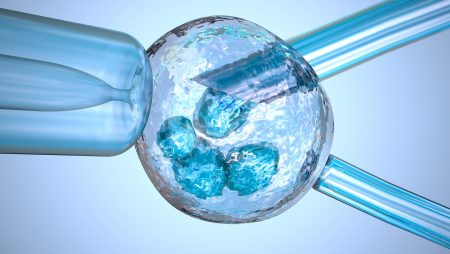IVF Vaccination : Insemination is a common method applied to patients who have not been able to get pregnant naturally. Ovulation is achieved by growing a few of the eggs with special drugs and administering a cracking needle at the appropriate time.
The sperm is also prepared in the laboratory at the 36th hour following the procedure. The fastest sperm are selected from among the sperm and are administered into the uterus with the help of a thin catheter. The success rate of insemination treatment, which does not require anesthesia, is 15% – 20%.
Insemination is applied to patients with infertility whose cause cannot be explained, women with ovulation problems, women with abnormal cervical structures, and men with mild concentration or movement problems in sperm count.
Stages in the insemination process:
Insemination of Eggs
1 or 2 eggs are developed naturally or with drug treatment. 10-12 days pass from the beginning to the end of the treatment. The purpose of insemination is to increase the chance of pregnancy.
Sperm Preparation
The aim here is to separate and select the sperm with the best speed. Fast sperm are separated from slow, immobile or dead sperm and made suitable for insemination.
Who is it applied to?
1. Couples who have not been able to conceive despite regular intercourse for a year and have no problems
2. Those with low egg reserve and low chance of IVF treatment
3. Those whose sperm count and movement are low enough to not be able to conceive naturally
4. Those who are planned to have IVF treatment but want to get this chance with insemination to get rid of the trouble and financial burden
5. Those who want to have a child but have vaginismus
Insemination Procedure :
According to the examination results of the mother candidate on the 3rd day of her menstrual period, the ovaries are started with a stimulating drug or injection. In the treatment that lasts 10-12 days, the eggs are expected to reach a certain number and size. If deemed appropriate, an egg maturation injection, also known as a ‘’cracking needle’’, is applied. A plan is made for insemination during the ovulation period (36 hours after the trigger shot). After the prospective father’s 3-day abstinence, the sperm cells collected are washed and concentrated. During this time, the prospective mother is asked to drink approximately 1 liter of water 1 hour before so that they are trapped in the urine. The ready sperm is placed inside the prospective mother’s uterus and the application is made. The procedure is painless and takes 5-10 minutes. Insemination may be required under anesthesia for prospective mothers with vaginismus, and in this case, they are asked to come without food or water. The medications to be used after insemination are added and, depending on the situation, sexual intercourse may be recommended every other day for 1 week. A pregnancy test is requested approximately 15 days later. If the insemination does not work, it is recommended to try it a few more times. If it still does not work, the next stage, in vitro fertilization treatment, can be moved on to.






